Potchefstroom Koekoeks, or Potch Koekoeks for short, is a South African breed originally developed. The breed is hardy and an excellent dual purpose bird with yellow legs and skin. Development was specifically intended towards the creation of a free ranging chicken.
The foundation breeds were the Black Australorp, White Leghorn and Barred Plymouth Rock. The white-grey coloured legs of many modern Koekoeks is probably a throwback to the Black Australorp and is undesirable. Since yellow legs are due to a recessive gene, fowl with yellow legs always produce yellow legs. Yellow legs in Koekoeks are indicative of a yellow skin and darker eggs, which is commercially preferred in South Africa.
The cocks are generally much larger than the hens, even more so than other breeds. This creates an excellent option for those requiring laying hens and want to utilize the male birds for meat.
The weights specified in the SASPO Breed Standard are 3.5 to 4.5 Kg for cocks and 2.5 to 3.5 Kg for hens. We select cock weights in the upper range allowed, i.e. between 4.0 Kg and 4.5 Kg.
Hardy and fertile, they make excellent chickens for the small scale free or semi-free range poultry keeper. Not quite the prolific egg-layer as the New Hampshire, they more than make up as meat birds (especially the males) as they weigh about 15% more. Still very good egg-layers though and of the pure breeds we know of, second only to the New Hampshire.
The popular perception that the breed is “self-sexing” due to the male chicks having a white spot on the head is not correct. All Koekoek chicks have a white spot on the head. It is only when you cross a red or black cock of another breed with a Koekoek hen that colour sexing is apparent. There are, however, broadly three colour variations in Koekoek chicks: very dark which are always female; a middle colour which can be male or female and a lighter variant which is generally always male.
We only breed with dark hens and the middle colour males. This give us good colour all-round and makes distinguishing the sexes in chicks easier, but not fool-proof.

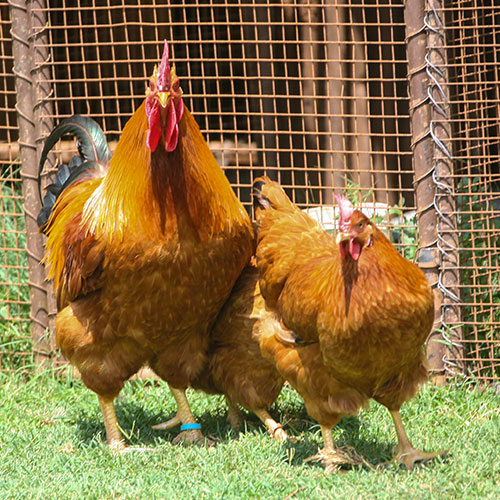
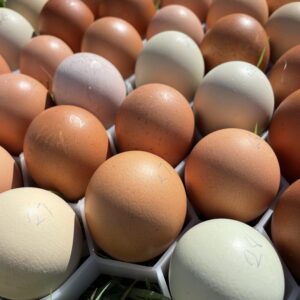
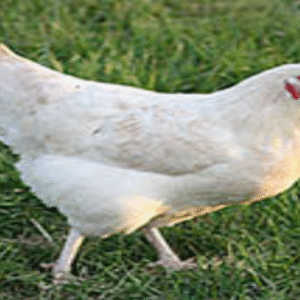
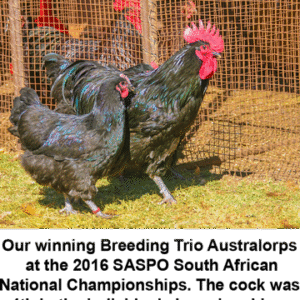
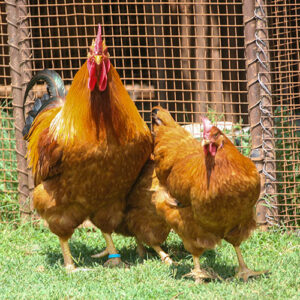
Reviews
There are no reviews yet.